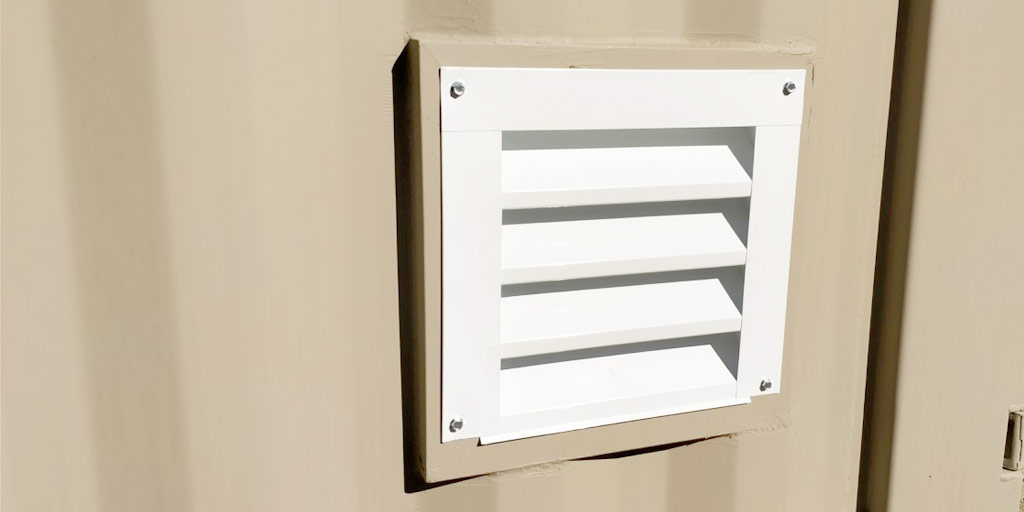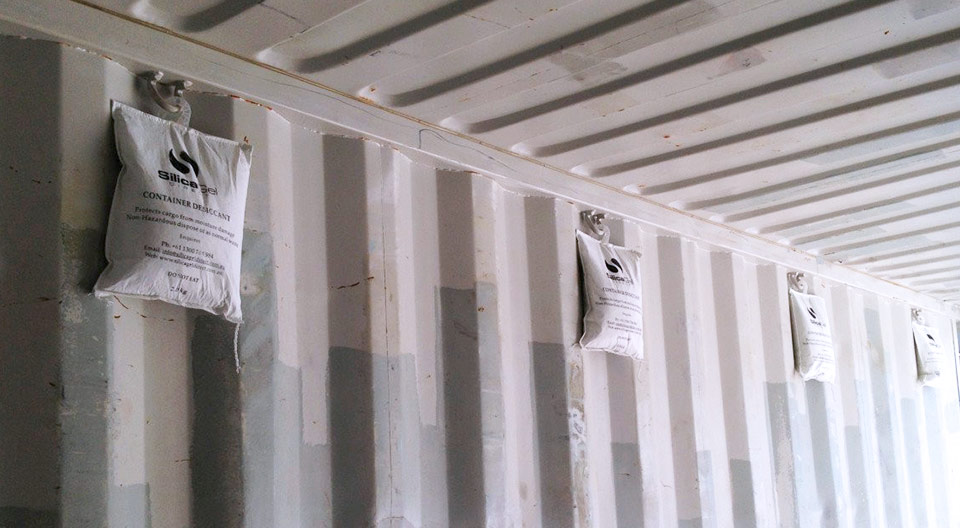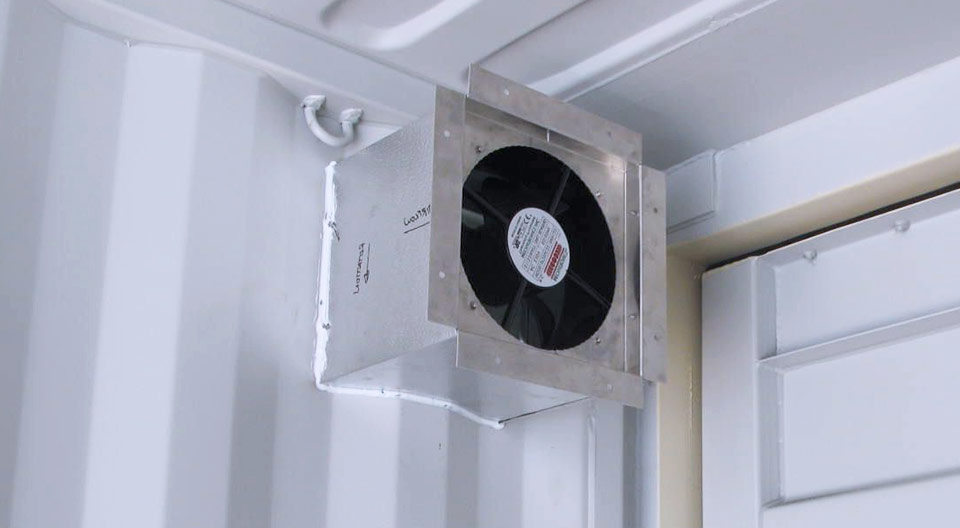5 Tips to Help Prevent Shipping Container Condensation
Feb 27th 2023
Storage containers keep the items you store protected until you need them. While shipping containers can withstand most weather conditions, including fires up to a certain degree, moisture within the container can cause more damage than you can imagine.
A buildup of moisture inside the container can result in water droplets dripping from the ceiling or down the walls. Items within the container, such as paper, cardboard boxes, and wood bring moisture into the container and, on warm days, can create condensation and possibly lead to a buildup of mold, mildew, and other damage to your belongings.
How to Prevent Container Condensation
While damage from condensation can be devastating, it can also easily be avoided with a few simple tips.

|
Increasing airflow in your container is one way to prevent moisture from building up inside. By allowing air to move in and out of the container, the temperature between the environment inside and outside of the container will equalize and stop condensation from forming. Hot, humid air rises, building moisture inside of the shipping container. Modifying your conex container to add turbine or louvered vents will prevent unwanted moisture from staying locked inside and improve airflow. |

|
Insulating your container can reduce the amount of moisture in the air and prevent condensation. This shipping container modification keeps the contents warmer than the dew point and prevents extreme differences between the inside and outside of the container, so there is no condensation. Whether you are using SupaSoft, spray foam, or Therma fleece, make sure you are using the correct materials for your environment. |

|
Most people are familiar those silica pouches that come inside packaging when you purchase something like a new pair of shoes. These pouches, also known as desiccants, are designed to keep surrounding areas dry and are one of the best ways to absorb excess moisture inside of a container. There are many types of desiccants including silica, calcium sulfate, charcoal, and calcium chloride, and they can be applied in various ways. Poles containing the desiccants can be installed on the container walls, dry bags can be placed on the floor and special paint can be applied to the roof to prevent condensation. No matter the option you choose for your shipping container, make sure you use the correct amount and replace it when needed. |

|
Purchasing things like heat lamps and dehumidifiers are another way to keep condensation from building up inside your conex container. A heat lamp can dry out the air in the container and remove moisture. On the other hand, you can also opt for a dehumidifier that will pull moisture out of the air and keep humidity levels low enough to avoid condensation. We want to emphasize that if you choose to use one of these appliances, make sure you put them on a timer to avoid any hazards and be conscious of where you place them to avoid damaging other items in the container. |

|
The easiest solution of all is taking a few minutes to open up your container to air it out and check for condensation. Opening the doors allows air to flow in and out of the container, keeping moisture from building up, and it gives you an opportunity to inspect the container for rust, leaks, and any other maintenance issues. |
How StorageContainer.com Can Help
At StorageContainer.com, we offer strong and secure shipping containers for whatever your needs may be. We offer modified containers with two different vent options to help prevent condensation inside the unit. If you have any questions related to shipping containers and condensation, give us a call or get a quote online. We’ll be glad to help you with your container needs!
Get A Quote Today

